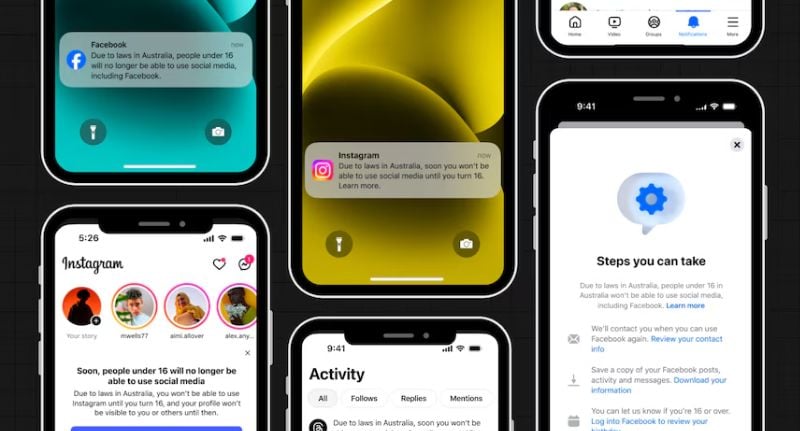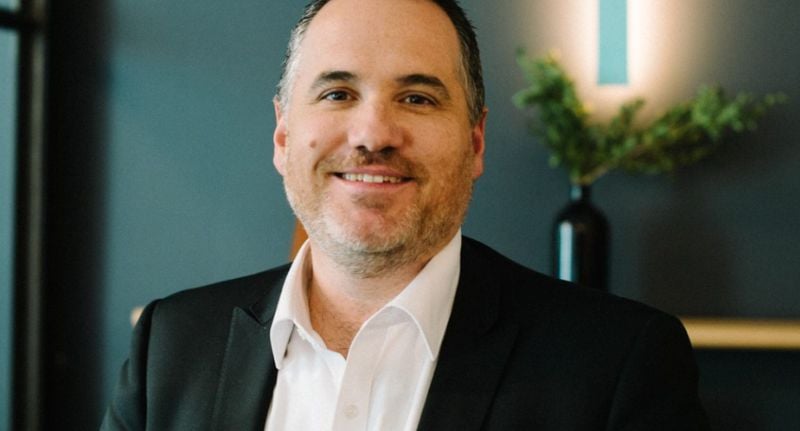Meta’s decision to remove under-16s from Instagram, Facebook and Threads is now set in motion, marking one of the most far-reaching access changes Australia’s digital landscape has seen.
The move, triggered by the Albanese government’s new age-ban laws, ushers in a national test of how age verification, enforcement and parental responsibility will work under real-world pressure.
The company will block all under-16 accounts by the 10 December deadline and prevent new sign-ups entirely.
“Starting 4 December, we will begin removing access to Instagram, Threads and Facebook for teens under 16,” Meta said.
Messenger will remain available for under-16s, creating a split environment where teens can still communicate privately but no longer access the algorithmic feeds that shaped their online lives.
Meta maintains it “shares the Australian Government’s goal of creating safe, age-appropriate online experiences,” but continues to argue that “cutting teens off from their friends and communities isn’t the answer.”
So what does this moment actually mean?
We asked Tech expert Trevor Long, and Crikey’s Associate Editor and author of the daily tech newsletter The Sizzle, Cam Wilson, to break down the realities behind the ban and the ripple effects that will follow.

The age-verification problem no one has solved
Long argues that the core challenge is unavoidable: any age gate will be imperfect.
“Wherever you put the age gate, the hurdle kids need to get over will still require verification,” he told Mediaweek.
Device-level checks might look simple but break quickly in real life. “Who is to say the person using the device and using a particular app is the same person who set it up?”
He believes app-level enforcement is the only workable method within the current system. “The only way to institute this law is to make it happen on the app.”
But the accuracy problem is more serious. “We are using a technology called age assurance, which is basically face-scanning,” he said – a system government-backed research shows is reliable for adults and young children but shaky for teenagers. “It is terrible at determining the age of anyone between 13 and 17. The variance can be two years, meaning a 17-year-old may appear to be 15, and a 15-year-old may appear to be 17.”
Wilson notes that other countries trying similar approaches have baked parental choice into their frameworks: “One thing that’s worth noting: other countries like France and Denmark who are pursuing similar bans both have options to allow parents to choose to let their teens still access social media.”

Trevor Long
The role of parents – and the risk of darker spaces
Long is critical of any approach that sidelines parental involvement.
“The Prime Minister has made it very clear he is happy to take responsibility away from parents. That is the wrong approach because parents must have a role in this.”
He sees direct parental-linked accounts as the more constructive route. “It would have been better to require anyone under 16 or under 18 to have a social media account linked to their parents.”
But the larger risk sits outside the mainstream platforms policymakers focus on.
A teen with parental controls on Instagram may drift into Discord groups or encrypted messaging without oversight; a teen without any previous supervision “might end up the same or even slightly better off.”
Wilson agrees that displacement is inevitable, not hypothetical.
“Teens will always find a way. Whether it’s by taking advantage of the loopholes of the law (like watching YouTube and TikTok in logged out states), by circumventing restrictions with VPNs and using older siblings to trick platforms into letting them in, or by finding alternative online spaces to hang out.”
Long says his own children are living the shift.
“My 15-year-old daughter will be waiting patiently for nine months to get her social media back.” He doesn’t expect this to reduce phone time. “She will simply go to other places to communicate and share content with her friends.”

Cam Wilson
Teens will not scroll less. They will scroll differently.
Long doesn’t believe that removing access to Meta’s feeds will reduce screen time. Instead, he expects it to redirect toward private, niche or semi-closed digital communities.
“Kids will find funny things and send them to their friends on Discord and WhatsApp,” he said. “That is how they will entertain themselves in the future.”
Wilson says that shift could reshape the advertising economy, not just teen habits.
“In the short-term, there are fewer eyeballs on some of the most popular advertising platforms (even if 13 year olds aren’t the biggest spending demographic). In the long-term, this presents a challenge to Google and Meta by potentially allowing young people to spend more time on other digital platforms where they might not be as dominant.”
Long also believes the legislation is broad enough to keep pace with the next breakout app.
“The legislation is broad and non-specific enough that if a new popular app comes along, it can be banned very quickly.”
Wilson frames the reality bluntly: “The question isn’t whether they’ll find new spaces or new ways to hang out in their spaces – it’s about the consequences of this inevitable adaptation, and whether it undermines the point of the law.”
A new phase in the relationship between teens, tech and policy
Australia is now running one of the world’s largest experiments in cutting teenagers off from mainstream social platforms.
It raises questions neither government nor industry has fully answered. Can age-verification technologies keep up with policy ambition? Will banning teens from major feeds improve wellbeing, or push them into harder-to-monitor spaces? And what happens when entertainment, social life and identity formation migrate into private channels by design?
Long captures the reality that teens will not be offline. They will simply reorganise themselves. The next year will determine whether Australia becomes a global model for youth safety or a cautionary tale about the limits of platform bans.
